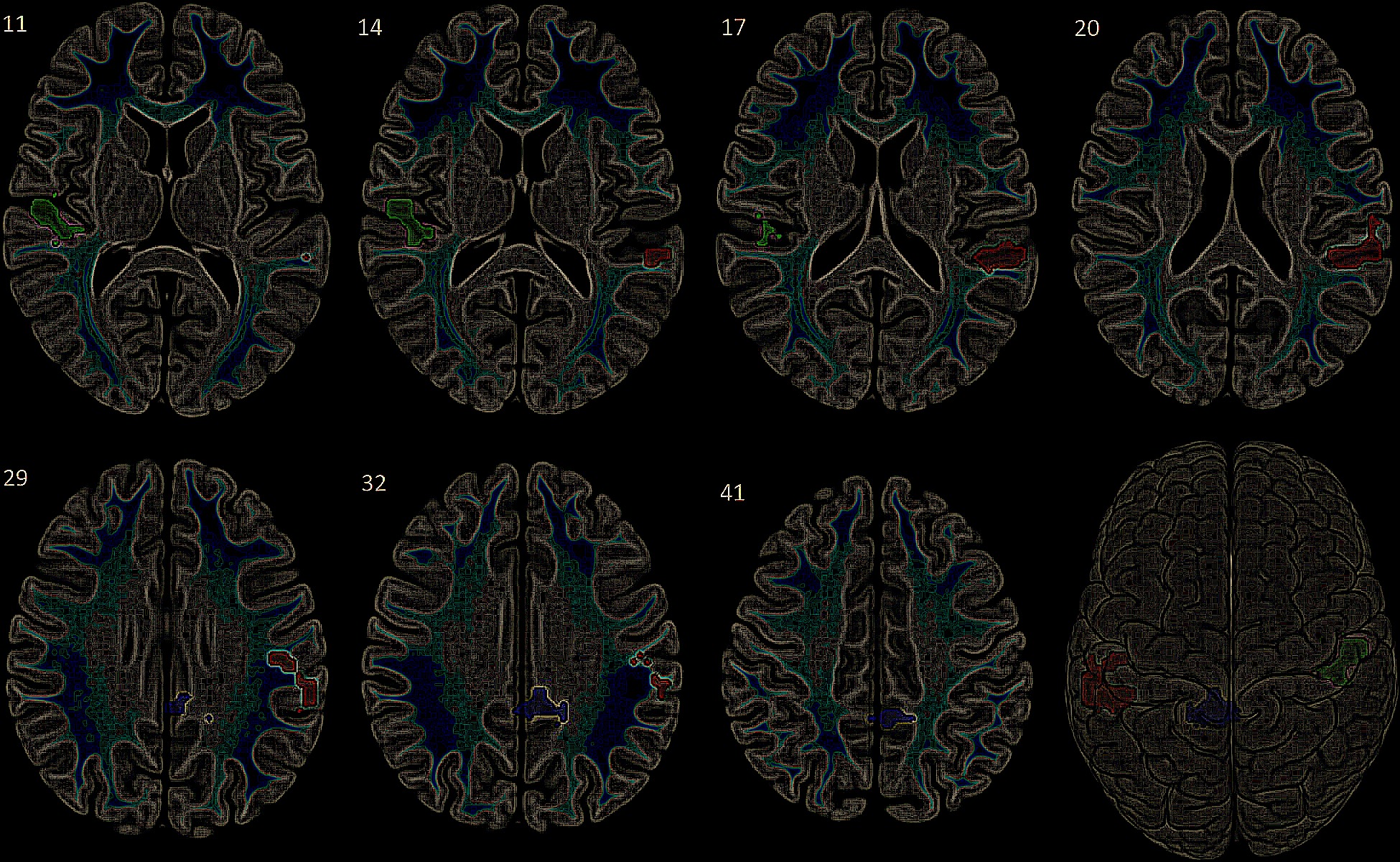At the molecular core, the circadian clock is built upon transcriptional–translational feedback loops (TTFLs). CLOCK and BMAL1 drive expression of PER and CRY genes, whose proteins translocate to the nucleus to inhibit CLOCK-BMAL1 activity. This cycle is finely tuned by post-translational modifications:
- Casein kinase 1δ/ε phosphorylates PER proteins, regulating their nuclear entry and degradation.
- AMPK phosphorylates CRY, linking energy metabolism to circadian rhythm.
- SIRT1 deacetylates histones and PER2, integrating NAD+-dependent metabolic cycles with circadian regulation.
Disruption of these loops has profound effects on synaptic protein expression and neuronal excitability. ASD-associated genes such as CHD8 (a chromatin remodeler) interact directly with circadian transcriptional regulators, altering chromatin accessibility of CLOCK/BMAL1 targets.
Drug discovery efforts have begun to exploit these mechanisms. Small molecule CK1δ/ε inhibitors (e.g., PF-670462) shift circadian phases and restore PER protein turnover. REV-ERB agonists (SR9009, SR9011) increase circadian amplitude and synchronize metabolic and synaptic oscillations. SIRT1 activators (resveratrol analogues) restore redox-sensitive circadian function, potentially correcting synaptic homeostasis in ASD subtypes with mitochondrial dysfunction.
The molecular regulation of circadian rhythms involves a tightly coupled transcriptional–translational feedback loop (TTFL) that integrates post-translational modifications, chromatin remodeling, and metabolite sensing. While the core CLOCK–BMAL1 heterodimer drives the rhythmic transcription of PER and CRY genes, multiple accessory loops contribute to the robustness of oscillations. These include the REV-ERBα/β and RORα/β/γ nuclear receptors, which repress or activate Bmal1 transcription respectively, establishing antiphase oscillations critical for system stability.
Recent structural biology studies reveal that PER proteins form multi-protein complexes with CRY, casein kinase 1δ/ε (CK1δ/ε), and other scaffolding proteins. Cryo-EM reconstructions indicate that CK1ε docks onto the C-terminal tail of PER2, phosphorylating serine residues that serve as phosphodegrons, targeting the complex for ubiquitination and proteasomal degradation. This phosphorylation-mediated turnover acts as the primary timing mechanism, setting the circadian period. Small molecule inhibitors of CK1δ/ε not only lengthen the circadian period but also alter downstream gene expression in synaptic and metabolic pathways, suggesting potential application for ASD where circadian misalignment exacerbates excitatory–inhibitory imbalance.
Epigenetic regulation plays an equally important role. Histone acetyltransferase p300 interacts with CLOCK, acetylating both histones and BMAL1 itself. Acetylation enhances transcriptional activation at E-box elements. SIRT1, a NAD+-dependent deacetylase, counteracts this by deacetylating BMAL1 and PER2, linking energy status with circadian gene expression. Dysregulated NAD+/SIRT1 activity has been documented in mitochondrial dysfunction associated with ASD. Thus, pharmacological activation of SIRT1 could reset circadian amplitude and simultaneously improve metabolic resilience in ASD neurons.
In parallel, chromatin remodelers such as CHD8, a high-confidence ASD gene, regulate circadian transcription. Knockdown of CHD8 in human neurons alters accessibility at enhancers bound by CLOCK–BMAL1, flattening circadian expression of metabolic and synaptic genes. This provides a direct mechanistic link between ASD genetics and circadian dysfunction. Drug strategies that enhance CHD8 function or mimic its chromatin-opening role could restore circadian-driven transcriptional waves.
Metabolic sensors including AMPK and mTOR also intersect with circadian regulators. AMPK phosphorylates CRY1, promoting degradation and accelerating circadian phase. In neurons, mTOR signaling is rhythmic and regulates synaptic translation, intersecting with ASD-associated pathways. Inhibitors of mTOR (e.g., rapamycin analogues) could be chronopharmacologically applied to align with circadian phases of peak translational dysregulation, minimizing side effects while maximizing synaptic correction.
At the systems level, circadian genes regulate over 40% of the transcriptome in a time-of-day–dependent manner. This rhythmic transcription includes synaptic scaffolding proteins, ion channel subunits, and neurotransmitter receptors, all implicated in ASD. Disruption of circadian regulators thus disturbs excitatory–inhibitory homeostasis. Identifying which circadian-controlled synaptic proteins are most altered in ASD subtypes will allow for targeted small molecule or gene therapy development.
Peter De Ceuster. (2026). Integrating Circadian Rhythm and Neurobiology in Precision Medicine: A Novel Approach for Treating Severe Autism Through the Exploration of Time Cells and Genetic Mechanisms
Excerpt from: Integrating Circadian Rhythm and Neurobiology in Precision Medicine: A Novel Approach for Treating Severe Autism Through the Exploration of Time Cells and Genetic Mechanisms by P. De Ceuster
© All rights reserved. Do not distribute. (Publication: Integrating Circadian Rhythm and Neurobiology in Precision Medicine: A Novel Approach for Treating Severe Autism Through the Exploration of Time Cells and Genetic Mechanisms)

